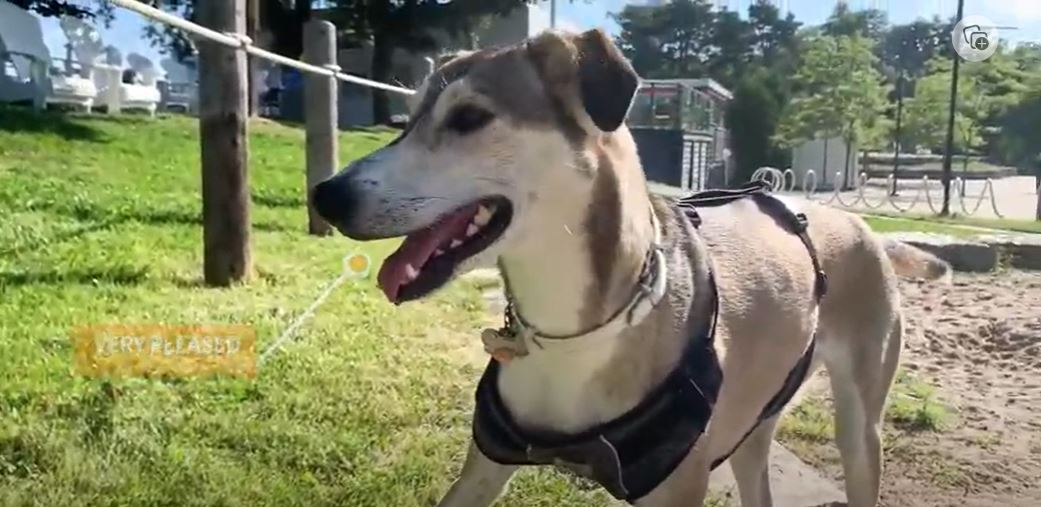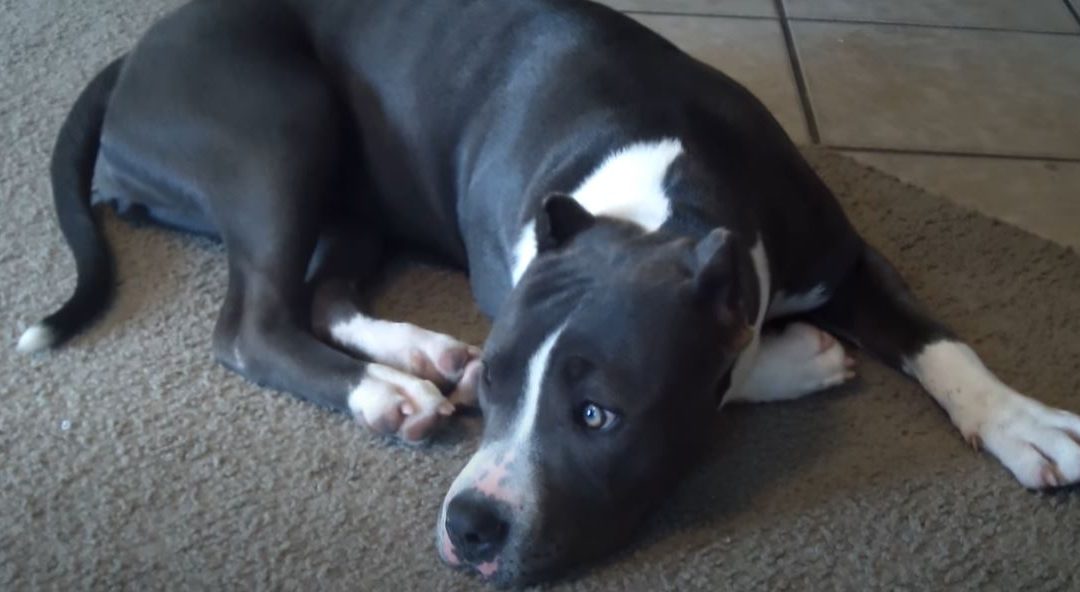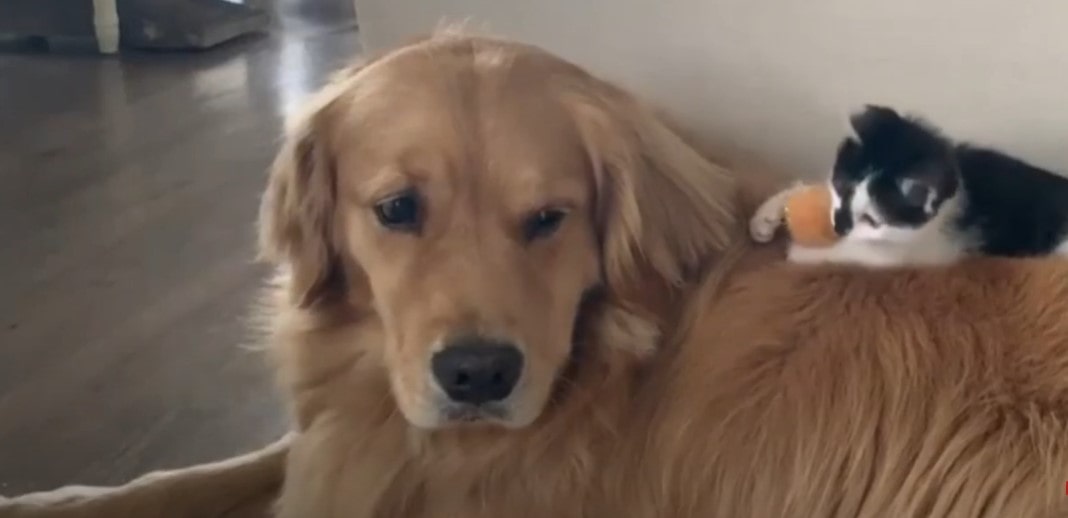
Greyhound Husky Mix
Introduction to the Greyhound Husky Mix breed
The Greyhound Husky Mix, also known as the Grey Sky or the Grey husky, is a crossbreed between a purebred Greyhound and a purebred Siberian Husky.
Due to the distinctive blend of characteristics from the two parent types, this hybrid breed has grown in popularity over the past few years.
Siberian Huskies are noted for their endurance and strength, whilst greyhounds are known for their speed and agility.
The Greyhound Husky Mix can inherit any combination of these traits, making them highly adaptable to various environments and lifestyles.
These dogs typically have a lean and muscular build, with a thick and dense coat that can be a variety of colors such as black, white, gray, or a combination of these.
Their almond-shaped eyes might be blue, brown, or a combination of the two colors.
In terms of temperament, Greyhound Husky Mixes are often intelligent, affectionate, and energetic dogs that enjoy both physical activity and social interaction.
To guarantee they grow up to be well-adjusted and obedient pets, early training and socialization are crucial because they can occasionally be independent and difficult.
Overall, the Greyhound Husky Mix is a unique and highly adaptable breed that can make a great addition to active and loving families.
Origin and history of the breed
The Greyhound Husky Mix is a relatively new hybrid breed and does not have a documented history like purebred breeds.
However, we can understand the history of the breed by looking at the history of its parent breeds, the Greyhound and the Siberian Husky.
With roots in ancient Egypt, where they were developed for racing and hunting, the greyhound is one of the oldest dog breeds.
Later, they were introduced to Europe, where they were employed for racing and for hunting, winning favor with the aristocracy.
Greyhounds were also brought to the Americas and were used for hunting small game and coyotes.
On the other side, the Chukchi people of Siberia developed the Siberian Husky as a sled dog for travel and hunting.
They were later introduced to Alaska during the Nome Gold Rush in 1908, where they were used for dog sled racing and transportation.
Breeders started mixing the two breeds to produce a dog with the speed and agility of a greyhound and the endurance and strength of a Siberian husky in the United States, which is where the Greyhound Husky Mix most likely had its start.
This breed was created to be a versatile working dog, but they have also gained popularity as a companion dogs due to their unique traits.
Today, Greyhound Husky Mixes are recognized by various hybrid dog registries, and their popularity continues to grow as more people discover their unique and adaptable nature.
Physical characteristics and appearance
Depending on the particular dog and the characteristics they inherited from their parent breeds, a Greyhound Husky Mix can have a variety of physical characteristics. To characterize the breed’s appearance, there are a few broad traits that can be employed.
Greyhound Husky Mixes typically have a lean and athletic build, with a height of around 20 to 27 inches (50 to 68 cm) at the shoulder and a weight ranging from 45 to 85 pounds (20 to 38 kg). They have a broad chest, strong legs, and a long tail that is frequently curled up.
A Greyhound Husky Mix has a thick, dense coat that can be black, white, gray or any mix of these colors. They frequently have a glossy, sleek coat that is fairly simple to keep groomed. Their face is often a blend of both parent breeds, with almond-shaped eyes that can be blue, brown, or a mix of
both. Their ears are usually medium in size and can be either erect or floppy, depending on which parent breed’s traits they inherit.
Overall, the Greyhound Husky Mix is a striking and unique-looking breed with a combination of physical traits from both parent breeds.
Personality Traits and Temperament
Greyhound Husky Mixes are known for their unique combination of personality traits, which can vary depending on the individual dog and which parent breed’s traits they inherit. There are, however, a few universal traits that are frequently connected to this breed.
Greyhound Husky mixes are frequently bright, independent dogs that need early socialization and training to avoid becoming obstinate or challenging to handle. They are also renowned for being kind and devoted to their family members, although they can be wary or guarded towards outsiders.
Due to their high level of energy, this breed needs daily exercise and mental stimulation to remain content and healthy. They make excellent running partners and take pleasure in playing fetch and going on hikes. They can, however, also be happy taking shorter strolls or playing in a fenced-in garden.
If they are socialized appropriately from a young age, Greyhound Husky Mixes are often good with kids and other animals. They might not be appropriate for homes with smaller pets, such as cats or rabbits, due to their high prey drive.
Overall, the Greyhound Husky Mix is a loyal, intelligent, and active breed that can make a great companion for active and loving families.
Exercise and training requirements
The exercise and training requirements for an individual will depend on their age, gender, health status, fitness level, and goals. However, here are some general recommendations:
Adults should strive to complete 75 minutes of severe aerobic exercise per week or at least 150 minutes of moderate aerobic exercise each week. Exercises like brisk walking, jogging, cycling, swimming, or dancing can help with this.
Resistance training: Adults should engage in resistance training at least two days per week. This can involve using resistance bands, bodyweight exercises, or weightlifting.
Flexibility and stretching: Regular stretching and flexibility exercises can help improve the range of motion, prevent injury, and reduce muscle soreness. Stretch for at least 10 minutes each day.
Balance exercises can increase stability and lower the chance of falling, especially in older persons. These can include standing on one leg, yoga poses, or tie chi.
It’s crucial to remember that every person has different demands and talents, therefore exercise should be adapted accordingly. Before beginning a new exercise program, it is advised to speak with a healthcare provider, especially if you have any health issues or chronic conditions.
Health concerns and potential issues
There are many health concerns and potential issues that can arise from a lack of exercise or improper exercise. Some of the most common concerns include:
Cardiovascular disease: Lack of exercise can lead to high blood pressure, high cholesterol, and an increased risk of heart disease.
Obesity: Poor eating habits and a lack of activity can cause weight gain, which raises the risk of a number of illnesses, such as diabetes, heart disease, and some types of cancer.
Osteoporosis: Lack of weight-bearing exercise can contribute to the loss of bone density and increase the risk of osteoporosis, particularly in women.
Exercise on a regular basis has been found to lift spirits and lessen signs of depression and anxiety. Lack of exercise can contribute to these mental health issues.
Joint pain and stiffness: Lack of activity, especially in older persons, can cause joint pain and stiffness.
Insomnia: Lack of exercise can contribute to difficulty falling asleep and staying asleep.
Reduced immunity: Regular exercise has been shown to boost the immune system and reduce the risk of infection. The immune system might deteriorate and the danger of sickness can rise when people don’t exercise.
It’s important to prioritize regular exercise and physical activity in order to maintain good health and reduce the risk of these and other health concerns. Before beginning a new exercise program, it is advised to speak with a healthcare provider, especially if you have any health issues or chronic conditions.
Grooming and maintenance needs
Depending on the person and their preferences, different people may have different grooming and maintenance needs. However, here are some general grooming and maintenance tips:
Personal hygiene: Maintaining good personal hygiene is important for overall health and well-being. This involves taking a daily shower or bath, cleaning your teeth twice a day, and frequently washing your hands.
Hair care: Regular hair washing, trimming, and styling can help maintain healthy hair. By utilizing the proper products and styling equipment, hair can be protected from heat and chemical damage.
Skincare: Regular skin care can help maintain healthy skin. This includes washing the face twice a day, using moisturizer, and protecting the skin from sun damage with sunscreen.
Nail care: Regular nail trimming and cleaning can help prevent infections and maintain healthy nails.
Oral health: You may maintain good oral health by visiting the dentist regularly, brushing twice per day, and flossing every day.
Exercise: Regular exercise can help maintain overall health and wellness, including physical appearance.
Healthy eating: Eating a balanced, healthy diet will help you look your best by keeping your hair and skin healthy.
It’s important to remember that grooming and maintenance needs can vary based on individual preferences and cultural norms. It’s crucial to put self-care first and keep up healthy routines that suit your needs.
Feeding and nutrition recommendations
Depending on an individual’s age, gender, health status, and degree of exercise, different feeding and nutritional advice may be given. Here are some general principles, though:
Maintain a healthy diet: All dietary groups, including fruits, vegetables, whole grains, lean proteins, and healthy fats, should be represented in a balanced diet.
portion management By keeping an eye on portion sizes, you can avoid overeating and maintain a healthy weight.
Limit processed foods and added sugars: Processed foods and foods high in added sugars can be high in calories and low in nutrients Limiting these foods can boost your health in general.
Ensure that you are adequately hydrated by drinking lots of water. Aim for eight glasses of water or more each day.
Consider dietary restrictions: Some individuals may have dietary restrictions due to allergies, intolerance, or cultural or religious practices To achieve a balanced diet, it’s critical to locate other sources of nutrients.
Consider supplements: Some individuals may need to take supplements to ensure they are getting adequate nutrients, particularly if they have a restricted diet or have difficulty absorbing certain nutrients.
Consult a healthcare professional: To create a customized nutrition plan that addresses unique needs and goals, it is advised to speak with a healthcare professional, such as a certified dietitian.
Overall, it’s important to prioritize a balanced diet with a variety of nutrient-dense foods to maintain good health and prevent chronic diseases.
Pros and Cons of Owning a Greyhound Husky Mix
I don’t have access to precise knowledge on a Greyhound Husky mix because I’m an AI language model. Here are some advantages and disadvantages of keeping a mixed-breed dog in general, though:
Pros:
Unique traits: Mixed breed dogs can inherit unique traits from both parent breeds, which can make them a one-of-a-kind companion.
Health advantages: Due to a larger gene pool, mixed-breed dogs are frequently healthier than purebred dogs, which can help prevent hereditary health issues.
Personality: A mixed breed dog’s temperament can be a blend of the parent breeds, resulting in a dog with a unique personality that can be fun and rewarding to get to know.
Exercise: Depending on the parent breeds, mixed-breed dogs can have varying exercise needs, which can be a pro for those who enjoy an active lifestyle.
Cons:
Unknown traits: While mixed-breed dogs can have unique and desirable traits, they can also inherit negative traits from the parent breeds, such as aggression or health issues.
Grooming needs: Depending on the parent breeds, mixed breed dogs can have varying grooming needs, which can be a con for those who don’t have the time or resources to keep up with regular grooming.
Training: Mixed breed dogs can have varying levels of train ability, which can make training a more challenging process than with a purebred dog.
Uncertainty: With a mixed breed dog, there can be uncertainty about how they will turn out in terms of physical appearance, personality, and health, which can be a con for those who prefer a more predictable outcome.
Overall, owning a mixed breed dog like a Greyhound Husky mix can be a wonderful and rewarding experience, but it’s important to do your research and consider the pros and cons before making a decision.
Common misconceptions and myths about the breed
I have no idea what breed you are referring to as an AI language model.Please specify the breed and I will try my best to provide accurate information about common misconceptions and myths surrounding the breed.
Conclusion and final thoughts on the Greyhound Husky Mix
I don’t have access to precise knowledge on a Greyhound Husky mix because I’m an AI language model. However, in general, hybrid dogs can inherit traits from both parent breeds, so the temperament, physical appearance, and exercise requirements of a Greyhound Husky mix may vary.
If you are considering getting a Greyhound Husky mix, it’s important to do your research, talk to reputable breeders or adoption agencies, and consider factors such as the dog’s temperament, exercise requirements, and grooming needs. Like all dogs, a Greyhound Husky mix requires proper training, socialization, and care to ensure a happy and healthy life.
Keep in mind that owning a dog entails a significant investment of time, energy, and resources. It’s important to make an informed decision and be prepared to provide a loving and stable home for your furry companion.




[…] Which foreign pets are legal in Washington State? […]